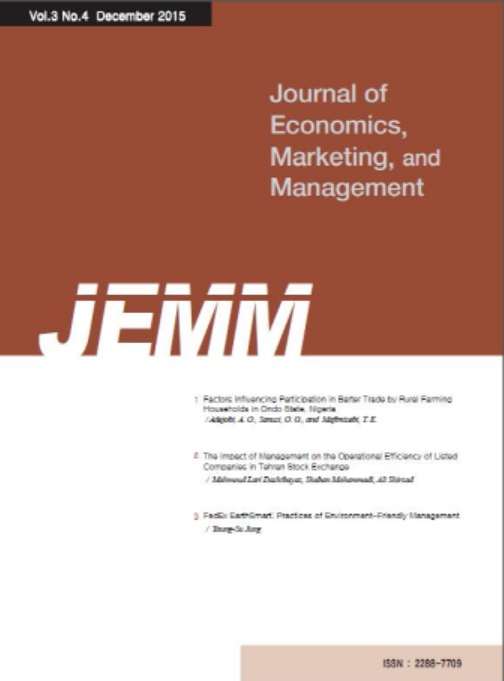- Log In/Sign Up
- E-ISSN2288-7709
- KCI
 E-ISSN : 2288-7709
E-ISSN : 2288-7709
Funches, Venessa
Esmaeilioghaz, Hamed
Abstract
In this paper we expand on the notion of "integration" in terms of the variety of ways in which it would manifest itself in business education. Our main argument is that "integration" is multidimensional and has been manifest in pedagogy, research and service dimensions of university programs for a long time. However, assessments of "integration" efforts have been spotty thus far and only recently are being formalized. We present several examples in business curriculum and with increased focus on formal assessments of "integration" efforts, business education will become more pragmatic. The goal of this paper is to unpack the broad construct of "integration," and discuss its historical and current manifestations in business education. Ultimately, we conclude that while the process of integrative thinking is well underway for a long time in business education, the assessment of outcomes of integrative thinking is just taking root through formal ETS tests. We believe that integrative thinking in business education is an ultimate indicator of the effectiveness of the business curriculum, as students skilled in this area will be best prepared for the real-life jobs in the market place.
- keywords
- Integrative Thinking, Business Education, Experiential Learning, Bridges to Practice, Goal-oriented Actions
- Downloaded
- Viewed
- 0KCI Citations
- 0WOS Citations













